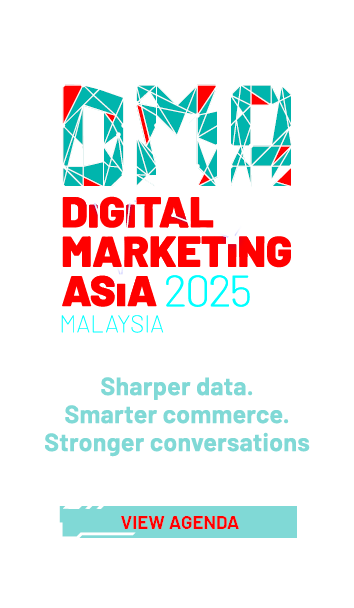



CDP versus CRM: What’s the difference?
share on
This post is sponsored by Treasure Data.
When customer relationship management (CRM) was introduced in the 2000s, it revolutionised how marketing and sales could keep track of their customers. A customisable, cloud application gave companies a whole new view into their customer relationships.
Customer Data Platforms (CDPs) are poised to help companies take the next leap forward in the customer experience – not only helping them understand a 360-degree view of their customers better, but actually analysing and predicting customer behaviour.
What is the definition of CRM and CDP?
One common misconception is that a CRM and a CDP do the same things and provide the same value. After all, your CRM contains a lot of data about your customers, prospects and targets. How is a CDP any different?
The truth is that both a CRM and a CDP offer unique value to your organisation. They are not mutually exclusive: each works with the other to provide a holistic view of the customer.
What is CRM?
A CRM system is a platform for managing all your company’s relationships and interactions with customers and potential customers. CRM systems grew out of businesses’ need to manage their customer relationships better: staying connected, streamlining processes, and improving profitability.
What is CDP?
A CDP is “a marketer-managed system that creates a persistent, unified customer database that is accessible to other systems”. It is a central location for all customer data – from the digital and physical worlds – that helps marketers profile and segment customers based on both their attributes and their behaviour. CDP systems emerged out of businesses’ need to personalise their customer experience at scale.
If we compare the way companies are using the two systems, the differences become more apparent. We begin to see that companies use their CRM as an operational tool, while they rely on their CDP for analysis and insights.
How do companies use their CRM?
- Front-office sales management.
- Pipeline analysis and forecasting.
- “Win/loss” analysis for go-to-market strategies.
- Prospecting for customer acquisition.
- Post-sales customer service.
- Quote-to-cash processes for easy purchasing.
- Marketing automation through campaign tracking and performance analysis.
How do companies use CDPs?
- Automation of data management (integration, validation and cleaning).
- Identification and classification of all customer attributes and behaviour across systems – both online and offline.
- Definition of persistent customer profiles and management for future use.
- Analysis of lifetime customer journeys.
- Analysis of customer behaviour to improve segmentation (that is, pricing or marketing campaigns).
- Analysis of customer purchasing history and other behaviour to inform eCommerce or content recommendations.
- Predictive analysis for modelling customer behaviour (that is, segmentation based on most likely to buy, or most likely to churn).
- Export of segmented customer lists for campaign execution or business intelligence.
What are the benefits of CRM versus CDP?
CRM is mostly operational – a tool to help sales, marketing and customer support carry out their day-to-day business. It relies on direct inputs of customer data to work effectively. A CRM has virtually become a requirement to do business today for any company – from a small business to a multinational enterprise – and is no longer a differentiable capability.
CDP is mostly analytical – helping business leaders analyse customer profiles (and using CRM as one source). It incorporates data from all customer-facing systems, including website analytics, in-store POS systems, and billing systems, and more. And thanks to powerful machine learning, CDP also offers predictive analytics capabilities, creating deep customer insights and actionable next steps.
What’s different about the data in CRM and CDP?
CRM’s data is transactional by nature. A CRM aggregates customer attributes and transaction histories to simply understand who purchased which products, when they purchased them, and what they went through to buy them. With this information, they inform sales people about potential next steps.
CDP’s data is multi-dimensional and available minute by minute. A CDP uses raw behavioural data that indicates who purchased which products, when they purchased them, and what they went through to buy them – as well as why. Simply put, a CDP enables deeper analysis to feed a CRM with better information from website behaviour and even offline sources, such as POS systems.
From a scope perspective, CRM systems define the sources of data that you can integrate, and require you to collect it within a predefined identity structure (that is, customer ID, email address, cookie). It can take some time to define the data before it can be integrated and used with a CRM system.
CDP systems don’t define the data you can collect: there are no limits or parameters set, allowing you to store unstructured data, which is immediately available and accessible when needed for analysis.
CDPs are made for all sources of customer data – including product engagement or interaction data – and are designed for ease of integration.
Data is the key to offering cheaper and faster products and more personalised experiences. And because different types of data are required to fully understand your customers, a CDP offers a more complete view of the customer journey.
Marketing technology is constantly evolving, and it can be difficult to keep up with the next best thing. CDPs are a relatively new, but critical piece of the tech stack. A CDP can help you prioritise your customer data to make the most of your marketing investments and future-proof your company.
To learn more about CDPs, visit treasuredata.com.
share on
Free newsletter
Get the daily lowdown on Asia's top marketing stories.
We break down the big and messy topics of the day so you're updated on the most important developments in Asia's marketing development – for free.
subscribe now open in new window
